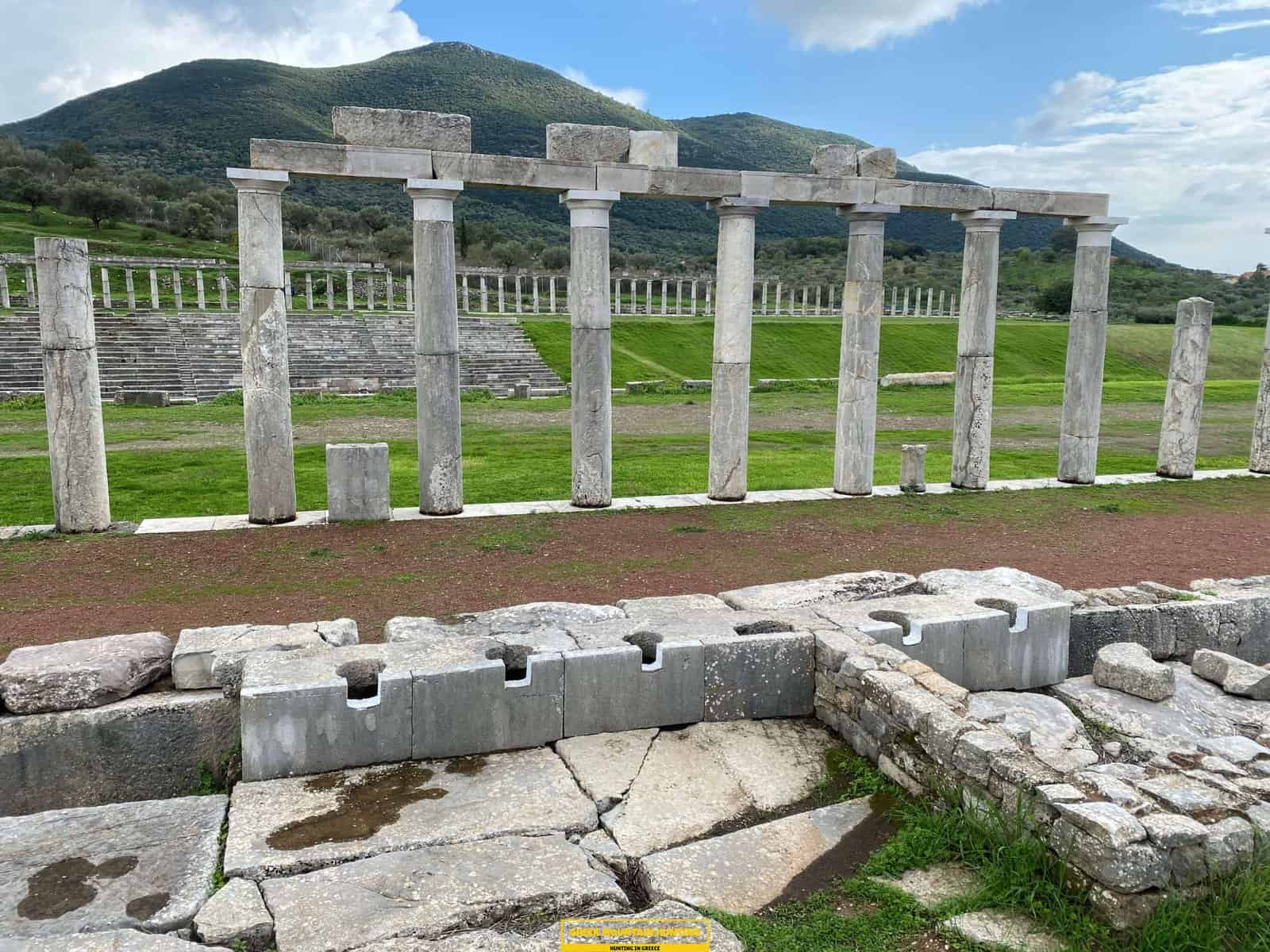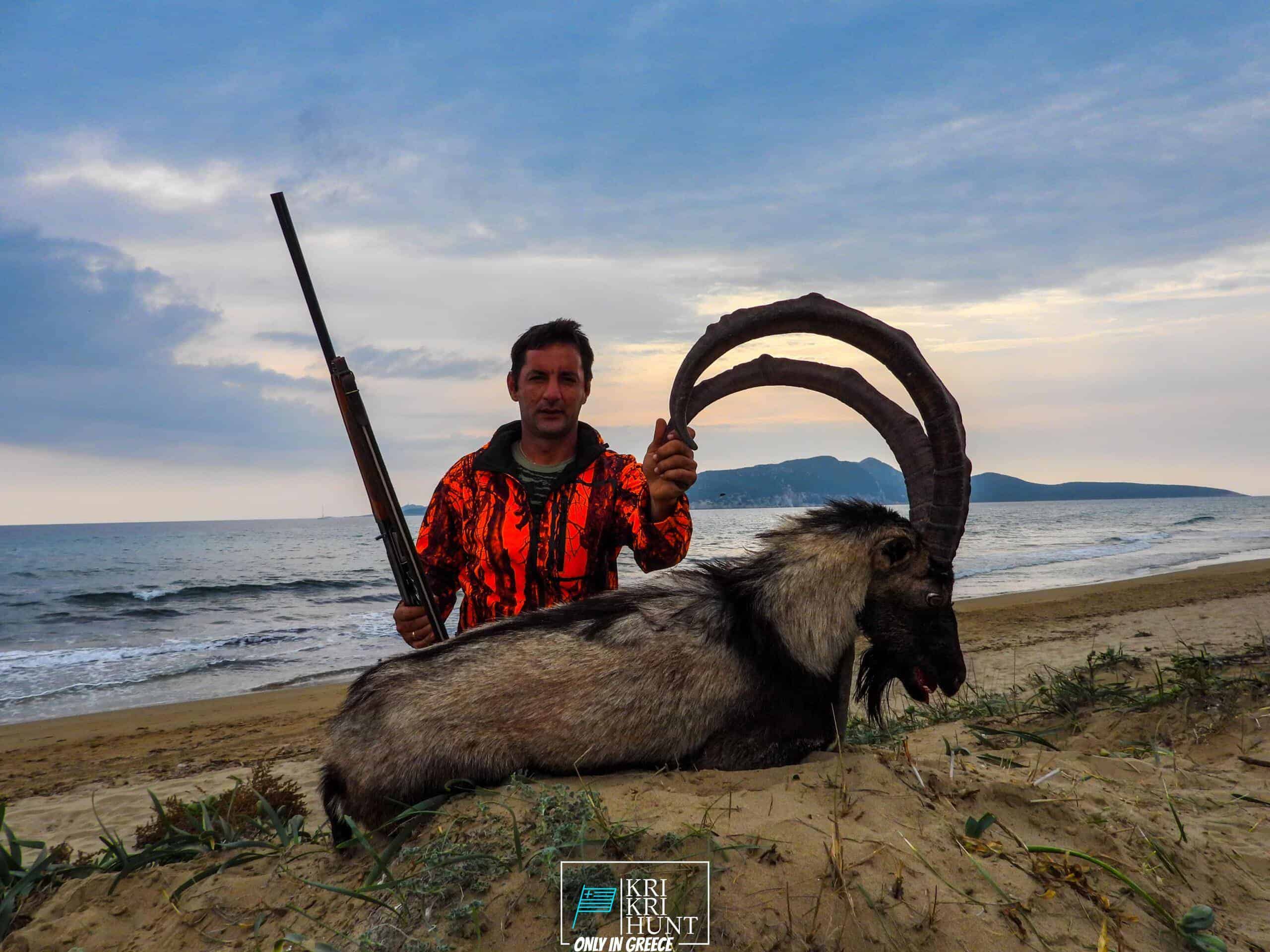hunting unique Kri-Kri Ibex in Greece!
hunting unique Kri-Kri Ibex in Greece!
Blog Article

This ibex quest is various from those experienced by the majority of hunters! When hunting for Kri Kri ibex in Greece, it's an amazing holiday as well as hunting journey all at as soon as. A five-day expedition diving for shipwrecks as well as spearfishing involves searching for Kri Kri ibex on an exotic island. What else would certainly you like?

There is no collection number of Ibexes, as the populace changes. The Kri-Kri is the tiniest ibex types (Capra Aegagrus Cretica) in terms of body weight, yet it has some long horns. Although some specimens were measured at 115 cm in length, they were not counted in the study. Searching of the Kri-Kri ibex is currently occurring in Greece. An Ibex gold prize actions 24 inches long. Searching is allowed on Atalanti and Sapientza islands. On Atalanti, searching is permitted from the recently of October to the first week of December. Hunting in Sapientza is allowed the entire month of November, thinking the weather condition agrees with.
On our Peloponnese tours, you'll reach experience all that this fantastic region needs to use. We'll take you on a trip of several of the most attractive as well as historic websites in all of Greece, consisting of old damages, castles, as well as a lot more. You'll also get to experience a few of the conventional Greek society direct by taking pleasure in several of the delicious food and white wine that the region is understood for. And also certainly, no trip to Peloponnese would be full without a dip in the gleaming Mediterranean Sea! Whether you're a seasoned hunter looking for a brand-new adventure or a new traveler simply looking to discover Greece's stunning landscape, our Peloponnese excursions are ideal for you. What are you waiting for? Schedule your trip today!
If you are looking for an authentic Greek experience away from the hustle as well as bustle of tourism after that look no further than Methoni in The Peloponnesos! Our exterior searching for Kri Kri ibex, fishing, totally free diving as well as visiting Peloponnese scenic tours from Methoni are the ideal method to discover this gorgeous area at your very own pace with like minded people. Call us today to book your place on one of our excursions.
What is the diference between Kri Kri ibex, Bezoar ibex and hybrid ibex
The kri-kri is not thought to be indigenous to Crete, most likely having been imported to the island during the time of the Minoan civilization. Nevertheless, it is found nowhere else and is therefore endemic to Crete. It was common throughout the Aegean but the peaks of the 8,000 ft (2,400 m) White Mountains of Western Crete are their last strongholds–particularly a series of almost vertical 3,000 ft (900 m) cliffs called ‘the Untrodden’—at the head of the Samaria Gorge. This mountain range, which hosts another 14 endemic animal species, is protected as a UNESCO Biosphere Reserve. In total, their range extends to the White Mountains, the Samaria National Forest and the islets of Dia, Thodorou, and Agii Pandes.
This Ibex is NOT a diminutive form of the Bezoar Ibex, which has migrated into the western-most reach of the range of this species. The kri – kri (Capra aegagrus cretica), sometimes called the Cretan goat, Agrimi, or Cretan Ibex, is a feral goat inhabiting the Eastern Mediterranean, previously considered a subspecies of wild goat. The kri-kri has a light brownish coat with a darker band around its neck. It has two horns that sweep back from the head. In the wild they are shy and avoid tourists, resting during the day. The animal can leap some distance or climb seemingly sheer cliffs.
“The agrimi goat Capra aegagrus cretica is unique to Crete and its offshore islands. It has been identi®ed as a sub-species of the wild bezoar goat Capra aegagrus aegagrus Erxleben, 1777, which it closely resembles in horn shape, body form and coloration. This classi®cation has been disputed by some researchers who claim that the agrimi are feral goats, derived from early domestic stock brought to the island by the ®rst Neolithic settlers. In order to clarify this issue, DNA analyses (cytochrome b and D loop sequences) were carried out on tissue of live and skeletonized agrimi and compared to sequences of wild and domestic caprines. Results conclusively show the agrimi to be a feral animal, that clades with domestic goats (Capra hircus) rather than with wild Asiatic bezoar. This study demonstrates that morphometric criteria do not necessarily re¯ect genetic af®nities, and that the taxonomic classi®cation of agrimi should be revised.”
Report this page